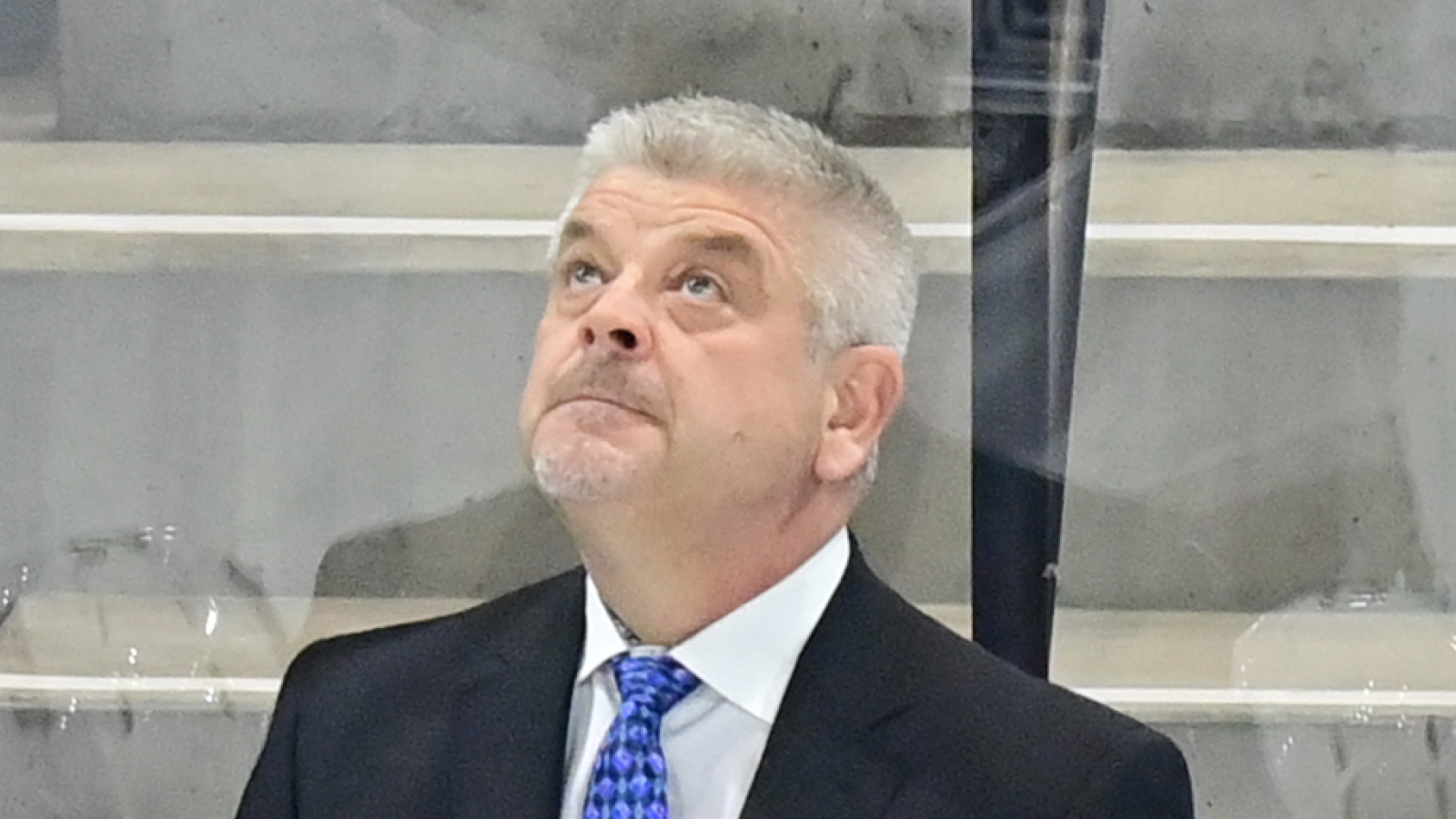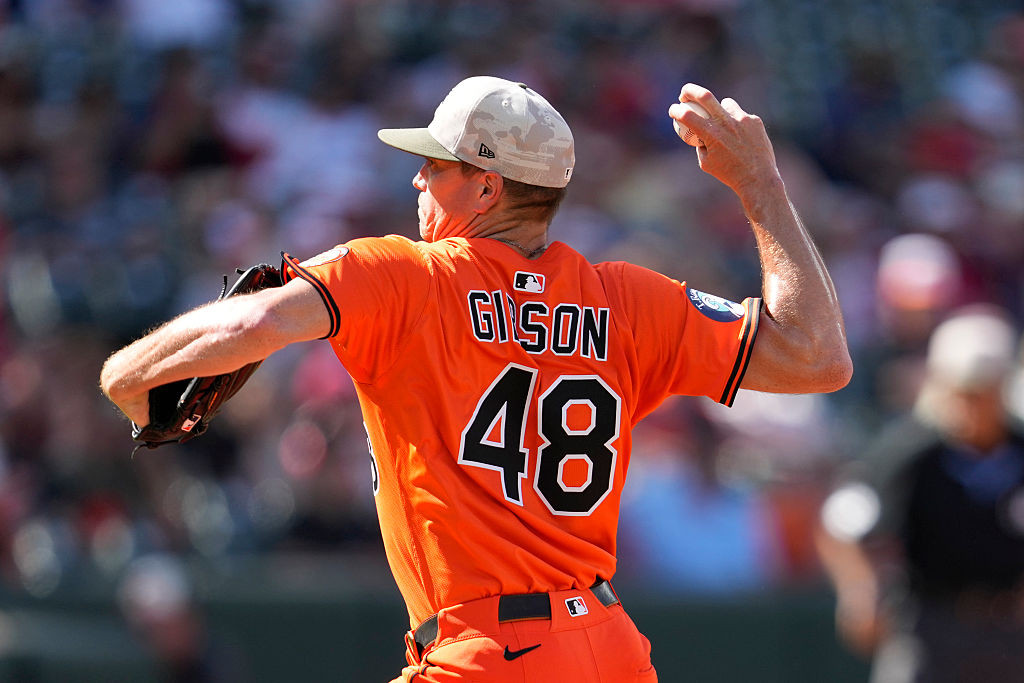
After finishing the 2023-24 season with 179 goals for (eigth) at even strength, the Red Wings’ 5-on-5 offense collapsed this year, falling to 28th place with 143. Winger Alex DeBrincat sat tied for 18th in the league with 22 even-strength goals, with their next highest being Lucas Raymond, tied for 57th with 16. The falloff becomes even more dramatic after them.
After hinting at a new contract for months, the Chicago Blackhawks still haven’t extended forward Ryan Donato, who finished 17th in the league with 23 even-strength goals. Donato’s track record may raise some concerns, but the Red Wings could provide a more competitive environment than Chicago.
The importance of even-strength scoring can’t be overlooked. 14 of this year’s 16 playoff contestants finished in the top half of the league in even-strength goals, with the Florida Panthers and Montreal Canadiens being the only exceptions. Donato isn’t the only option, but there will be more on that later.
Find competent penalty killers
Detroit’s penalty kill was only 1.9 percentage points away from tying a record. No, it’s not a good record, as this year’s penalty kill was close to being the worst in NHL history with a 70.1 percent success rate.
To be fair, the team performed better with a man down after replacing Bob Boughner with Trent Yawney on Dec. 26, but not by much. Under Boughner and Derek Lalonde, the team averaged a 68.8 percent success rate on the kill, and 71.4 percent under Yawney and Todd McLellan.
Still, a 71.4 percent would have finished last in the league, meaning the Red Wings will need different on-ice personnel to address the issue. The Carolina Hurricanes and Dallas Stars, which had two of the top five penalty kill units this year, will have some cap constraints entering the offseason. This would provide a perfect avenue for Detroit to pursue left-shot defenseman Dmitry Orlov (after weeding out their defensive core) on the free-agent market, or offer the Stars some cap relief by acquiring freshly extended Sam Steel in a low-cost trade.
Trade for a second-line center
Now it’s time for the area of need that has plagued the Red Wings for a few years. After signing Andrew Copp and J.T. Compher in back-to-back offseasons, and sparingly using top-10 draft selection Marco Kasper as a center this year, it’s apparent that Detroit still needs a legitimate second-line center.
For better or for worse, the Red Wings will use Dylan Larkin as their first-line center. There is a valid argument that his ceiling is that of an above-average second-line center, but with six years left on his extension and the unlikelihood of Detroit finding a better option, his role is likely secured for the foreseeable future.
There won’t be much for them to choose from on the free-agent market. Matt Duchene may become a target, given that he finished 37th in goals at even strength this season with 19, and the Stars are unlikely to re-sign him. The Red Wings may only need a one-to-two-year stopgap assuming Kasper appropriates the role as his game matures.
Still, there appear to be better options on the trade market. Detroit should steer clear of Vancouver Canuck Elias Pettersson and his $11.6M salary, and New York Ranger Mika Zibanejad and five years remaining on his deal. However, Jared McCann of the Seattle Kraken and Trevor Zegras of the Anaheim Ducks represent quality options the Red Wings could pursue via trade this offseason.

